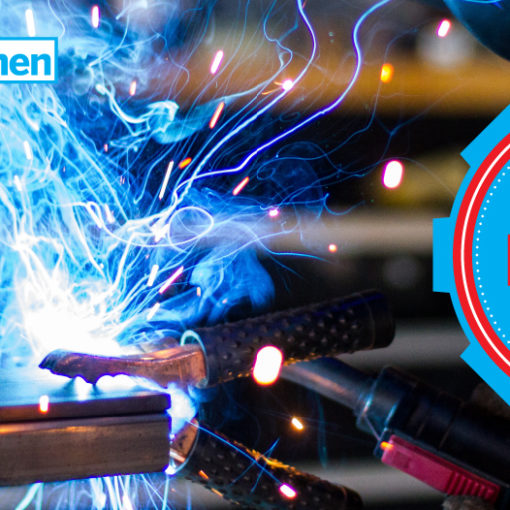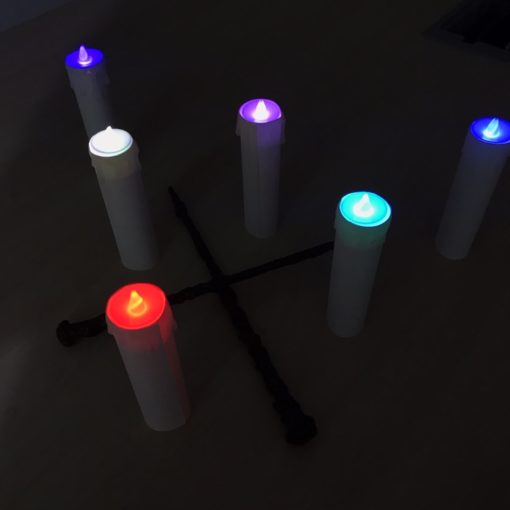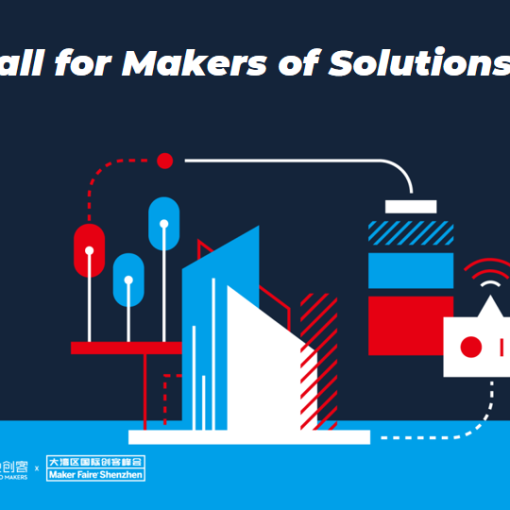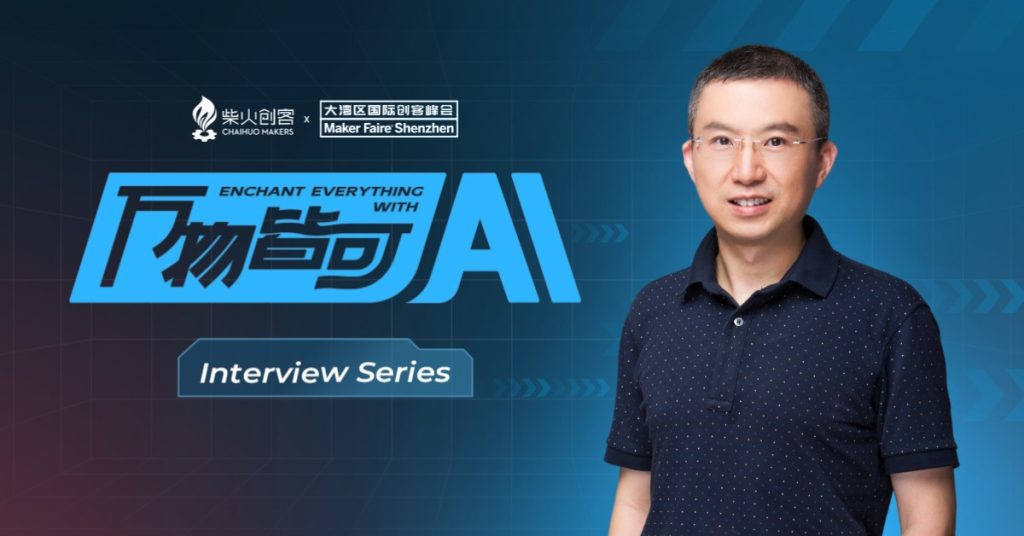
“Enchant Everything with AI” interview series
Welcome to the “Enchant Everything with AI” interview series. We will invite friends in the field of technological innovation to discuss the integrated development of AI and hardware, interpret the opportunities and challenges of the AI hardware industry, listen to the voices of industry pioneers, foresee the golden age of AI hardware, and look forward to the emergence of more AI hardware solutions at this year’s Maker Farie Shenzhen.
Interviewee 002
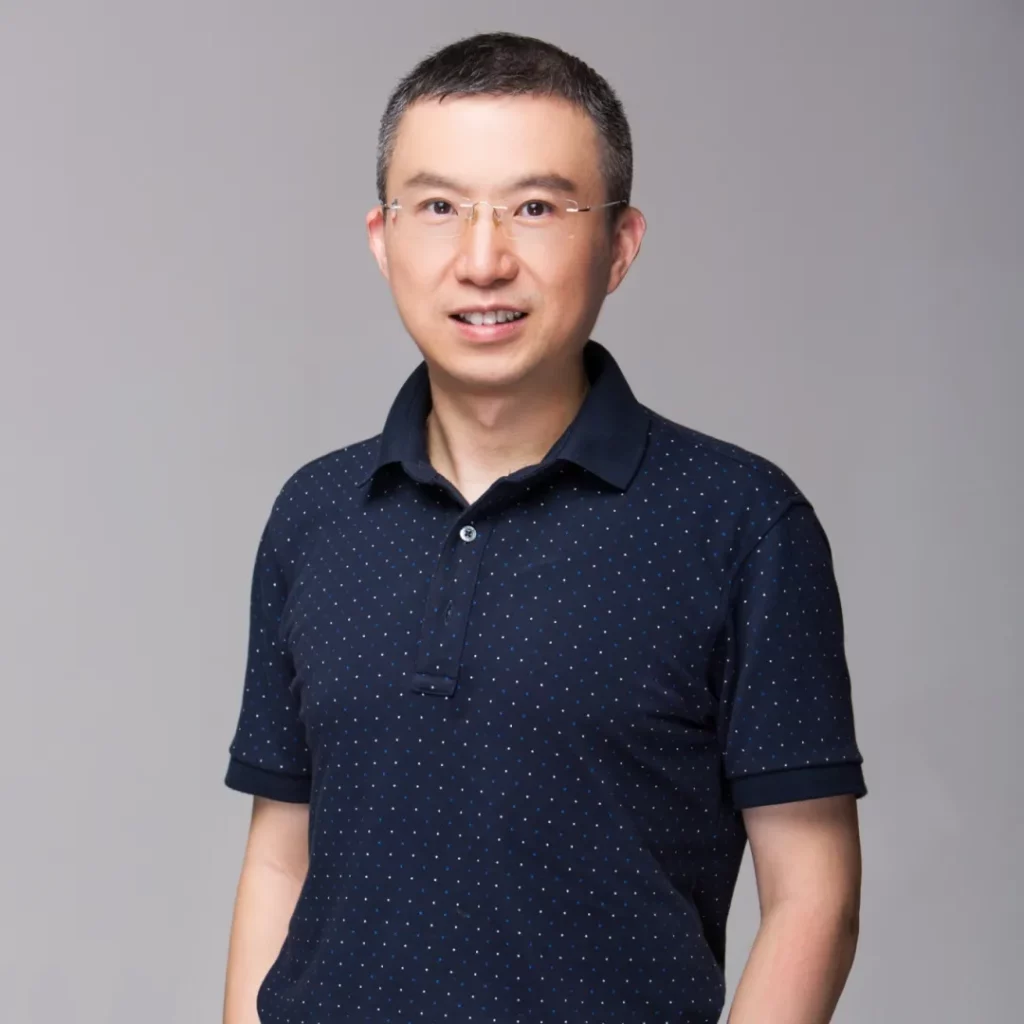
Richard Zhang, a senior Internet practitioner with a technical background, is a Consultant member of Chaihuo Makerspace. Richard spent 6 years working in Tencent’s Community Platform Department, where he was responsible for core products like QQ membership. He then started his own business for 9 years, developing various social applications with a combined user base exceeding 100 millions.
Starting from 2020, Richard has shifted his focus to corporate consulting, project incubation, and investment in the AI sector, conducting in-depth research on AI applications in hardware and vertical industries. He is frequently invited to share his expertise and provide training on AI topics, making him a key advocate for technological innovation and industrial advancement.

Q: As an AI expert, what do you believe is the most pressing challenge currently facing the industry?
A: Since 2022, I have concentrated on the field of AI. Over the past two years, I’ve often felt that “one day for AI is like one year in the human world,” reflecting the rapid and disruptive growth of AI technology. However, despite these advancements, the industry still grapples with a significant challenge: implementation. The current development of AI is far from being fully realized or effectively integrated, and I believe this is the biggest challenge facing the industry today.
I reviewed the Generative AI Usage Report released by Fletcher & Nielsen in May 2024:
• Despite ChatGPT being a prominent AI product, only about 50% of Internet users across six surveyed countries are aware of it.
• Frequent users of ChatGPT are still a minority, with only 1% of people in Japan using it every day, 2% in France and the UK, and 7% in the United States.
• Across these six countries, 20% to 30% of Internet users have never heard of any mainstream AI tools.
• Young people are more likely to become frequent users of generative AI. 56% of young people aged 18-24 have used ChatGPT at least once, compared with only 16% of people over 55 years old.
These data clearly demonstrate the huge gap that still exists between AI technology and its integration into everyday life.
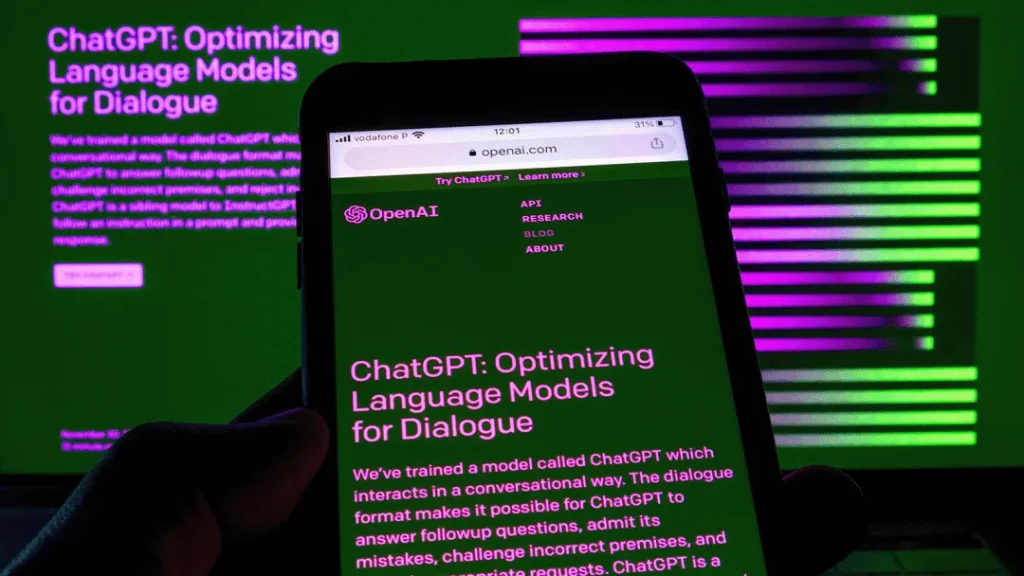
*Image source: Internet. Please notify us for removal if there are any copyright issues

Q: What do you believe will be the key directions for the future development of AI hardware?
A: I believe that AI projects focusing on hardware will be crucial in bringing AI into everyday life. Combining AI with hardware can address many user pain points in physical and real-world contexts, offering substantial advantages over traditional solutions. Moreover, future breakthroughs in humanoid robotics could make sci-fi scenarios a reality, transforming the way we interact with technology.
I’d like to highlight a promising direction: AI combined with wearable hardware. A notable example is the AR smart glasses developed by Meta and Ray-Ban. The latest version integrates multi-modal large models, enhancing its functionality beyond traditional AI translation. These glasses can offer various forms of assistance based on visual information. For instance, users can inquire about the species of a butterfly they see or the calorie content of a dish they are examining.
Another crucial point is that this type of AI glasses experience is now achievable with low-cost open-source hardware. For instance, Open Glasses is an open-source project that can convert any pair of glasses into smart glasses for just $20. By attaching an open-source module to any glasses, users can access a range of functionalities, such as asking where they left their keys or finding out the calorie content of their food. The system supports hundreds of features, including intelligent Q&A and translation.
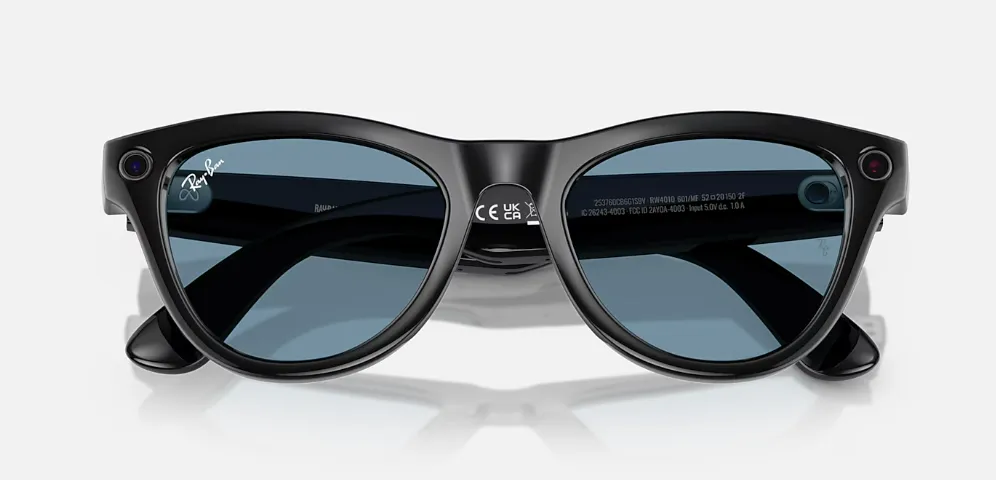
*Image source: Internet. Please notify us for removal if there are any copyright issues

Q: What unique insights do you have on the topic of “Enchant Everything with AI”?
A: Speaking of the topic of “Enchant Everything with AI”, I recalled my recent observation from the CES Consumer Electronics Show: “AI for everything” is clearly a major trend right now. My research into the CES 2024 Innovation Award winners reveals that many of these projects have integrated AI capabilities. This includes advanced AI for customer identification in retail environments, AI-driven flood prevention systems, and a variety of AI-powered toys and educational tools for consumer applications.
I anticipate that the future development of AI combined with hardware will see significant growth, with a shift from specialized industries to diverse cross-border integration projects. For example, the AI+ wearable sector illustrates this trend, as it merges traditional hardware development, conventional internet software research, and AI engineering capabilities. Similar to how ChatGPT represents a versatile general-purpose AI, AI-enabled glasses that process visual and auditory inputs through hardware can support a myriad of applications by leveraging multi-modal large models. This convergence of technologies will enable new and innovative use cases, transforming various aspects of daily life.
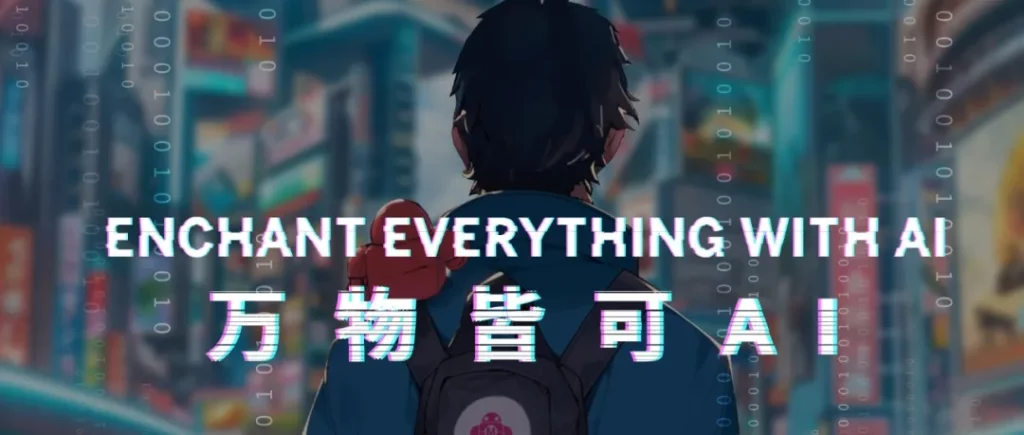

Q: What key elements do you believe are essential for a successful AI+ hardware team? And what are your expectations for this year’s Maker Faire Shenzhen?
A: I believe that the most crucial factor for a successful AI hardware team is having members who possess expertise in hardware, software, and AI. This interdisciplinary knowledge is essential for integrating these components effectively.
We are currently seeing an explosion of various AI+ hardware projects, and I see the MFSZ24 event as a prime opportunity to showcase innovative developments. Given that many people’s understanding of AI is still often limited to web-based applications like end-to-end chatbots, this event provides a valuable platform to highlight the diverse and advanced applications of AI in hardware. With Shenzhen’s robust hardware industry and abundant talent resources, I am eager to see a range of exciting new projects from makers at this year’s Maker Faire Shenzhen.

*Image source: Internet. Please notify us for removal if there are any copyright issues
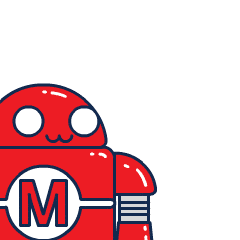
Maker Faire Shenzhen 2024
Call for Makers Now Officially Open!
Date: November 16th-17th, 2024 (Weekend)
If you want to showcase your innovative ideas and the impact they have on industry innovation, meet like-minded makers, and explore the specific applications of cutting-edge technologies in various industries at one of the largest maker innovation events in the world, we invite you to sign up by scanning the QR code below or clicking here. We look forward to seeing you there and sharing your journey of continuous innovation!
Call for Makers
Scan to Register
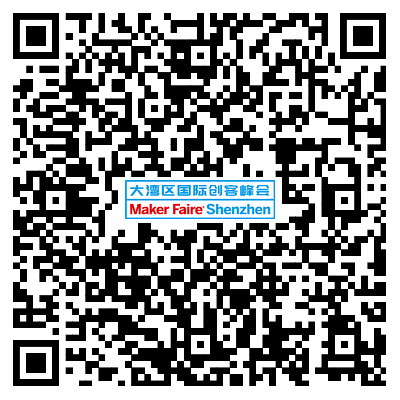
Registration Period: June 26th, 2024 – September 30th, 2024

Over the past 12 years, the development trajectory of Maker Faire Shenzhen can be seen as a microcosm of the development of maker culture in China.
- 2012: “Gathering Small Wisdom, Journeying through the Great Future” – This was the first Mini Maker Faire in China, with less than 1000 attendees, and was more like a gathering within a small circle. But we saw the infinite possibilities emerging from the maker community.
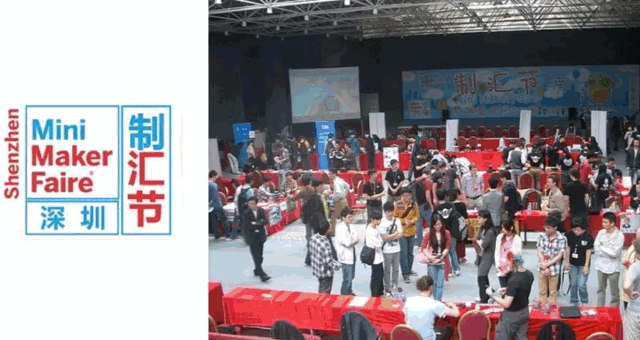
- 2013: The slogan was absent, and the maker community was still small. In the OCT Creative Park, there were cross-disciplinary exchanges among different creative communities, silently laying the foundation for cultural output.
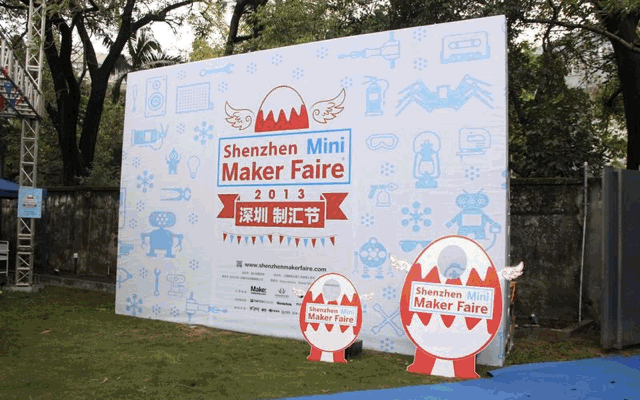
- 2014: “Innovate with China” – the event was upgraded to the Featured level for the first time, with a significant increase in scale compared to previous years, and the beginning of professional independent forums. This year, makers began to enter the public’s view.
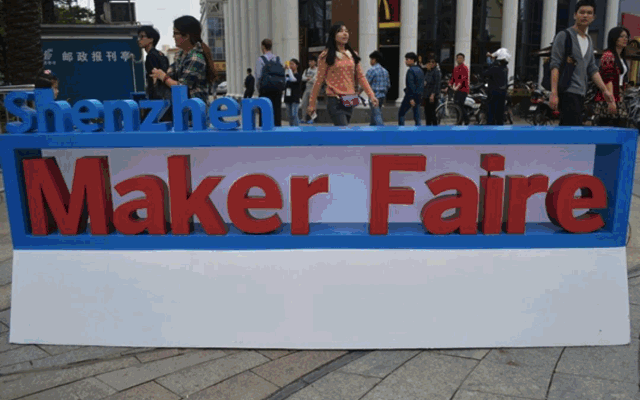
- 2015: “Everyone is a Maker, what are you waiting for?” – This year’s Shenzhen International Maker Week became one of the largest Maker Faires in the world. This year, the concept of “maker” was elevated to a national level, and the trend of “mass innovation, mass entrepreneurship” swept across the country.
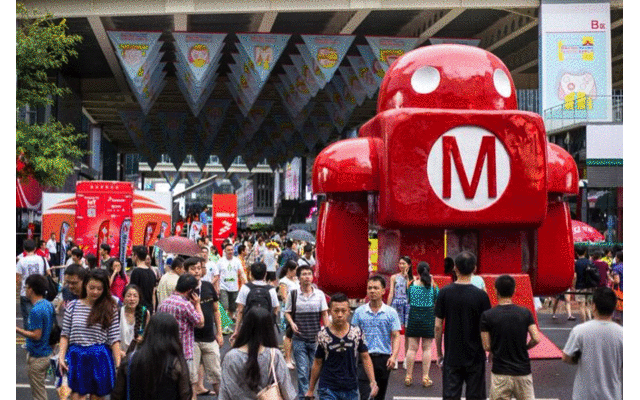
- 2016: “My World, My Creation” – As the sub-venue of the National Innovation and Entrepreneurship Week, the event was held for the first time in the commercial center area, experiencing unpredictable weather from typhoons to scorching heat. Many makers succeeded in your entrepreneurial endeavors this year, but it seemed like there were even more failures. The hype around entrepreneurship shifted towards rationality.
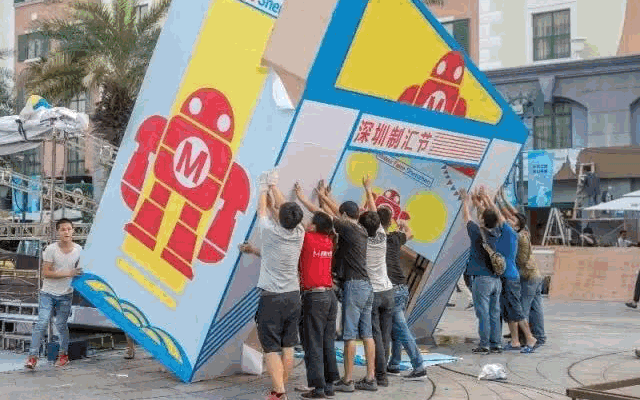
- 2017: “Makers, Go Pro” – The event took place at the university campus for the first time, focusing on Maker Pros and providing a platform for diverse innovators and makers to showcase themselves, presenting more possibilities for the growth path of makers to the entire community.
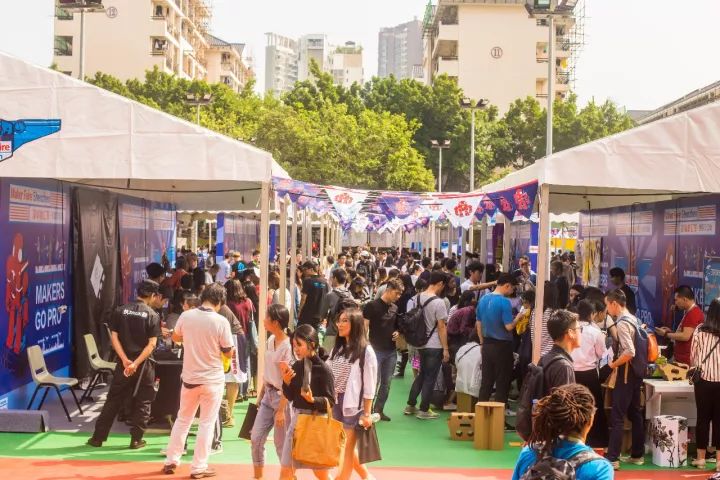
- 2018: “Co-making in the City” – The main venue of Shenzhen International Maker Week, where individuals and groups with shared visions and values gathered to showcase stories, projects, and explorations of collaboration among different communities and people.
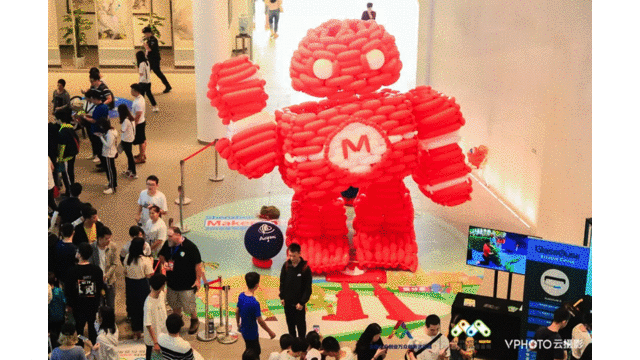
- 2019: ” To the Heart of Community, To the Cluster of Industry” – The event was upgraded to the Maker Faire Shenzhen, attempting to attract professional audiences and focusing on pragmatic aspects such as solving the needs of industrial upgrading and co-developin. It aims to build a platform for innovation and industry dialogue and collaboration.
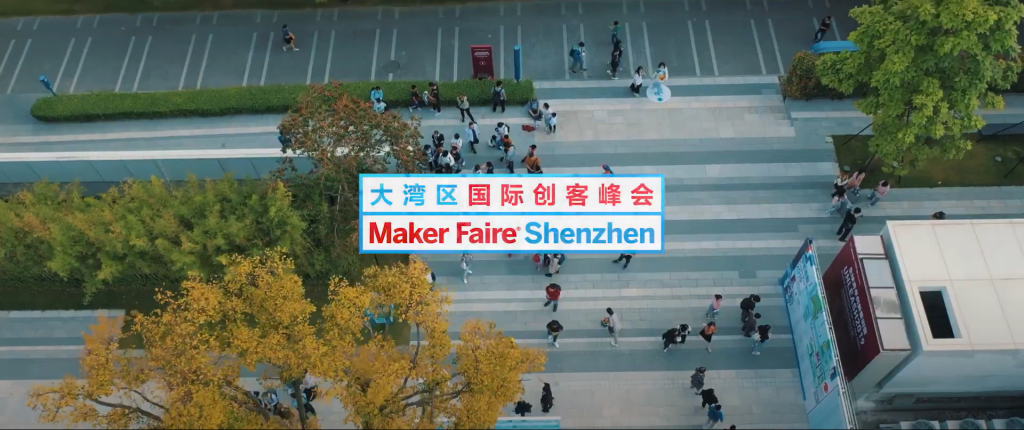
Check out the Maker Faire Shenzhen 2019 Recap here: https://www.youtube.com/watch?v=wk6eG4gsfeI
- 2023: “Where Are The Makers?”Starting from our own mission and values, we aim to explore the future direction of makers and the possibilities for commercialization. Though this question does not have a definitive answer, we do hope that through this event, we can communicate and share with every one of you, finding more ideas and directions together.
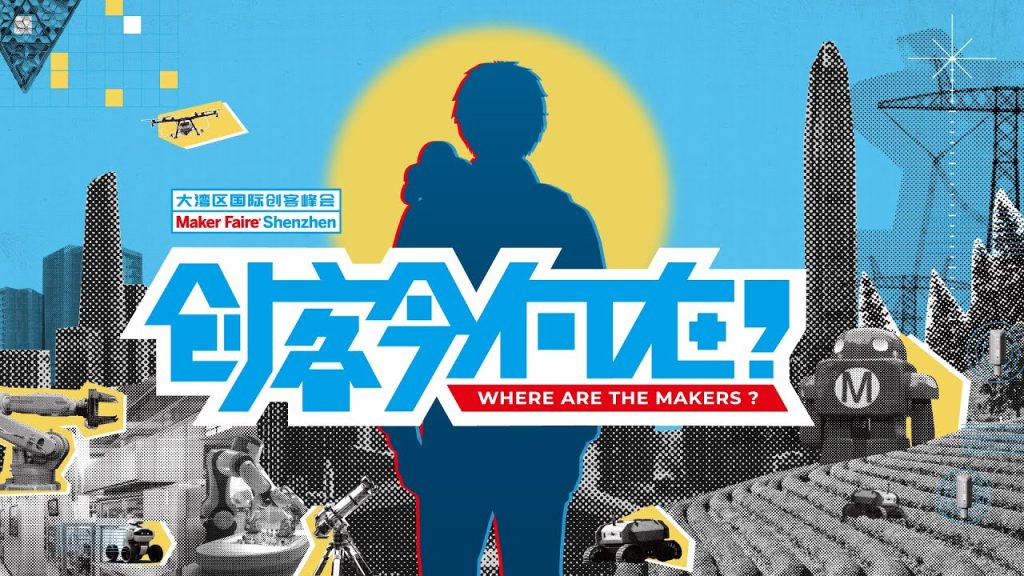
Recap video:https://www.youtube.com/watch?v=PeBJae0fHaI

